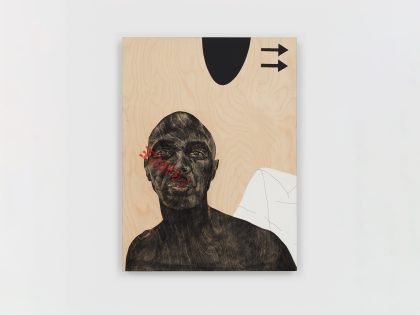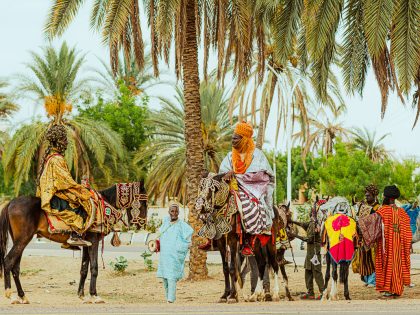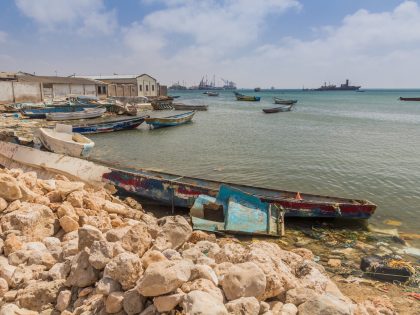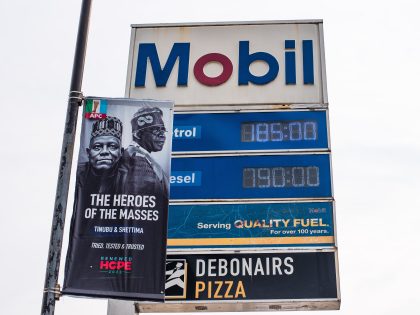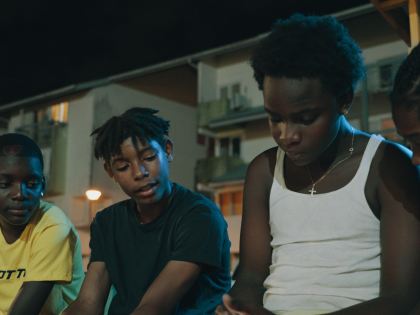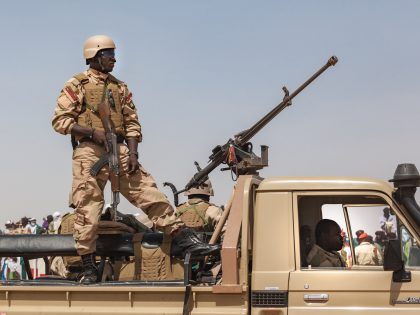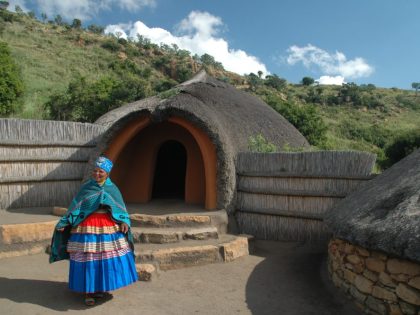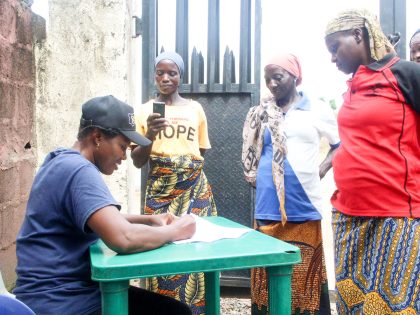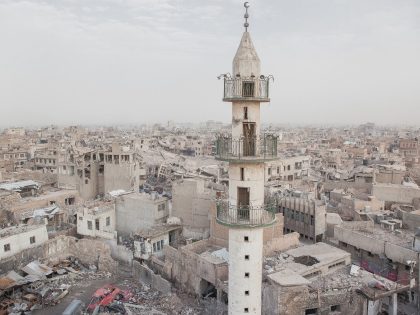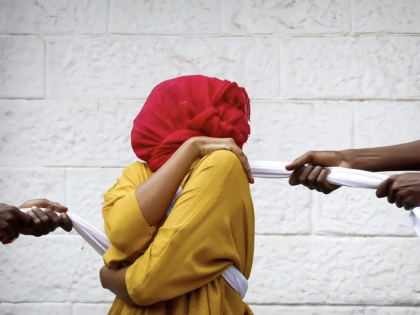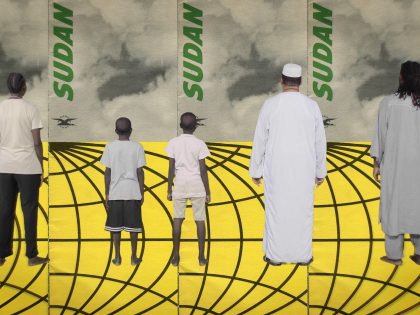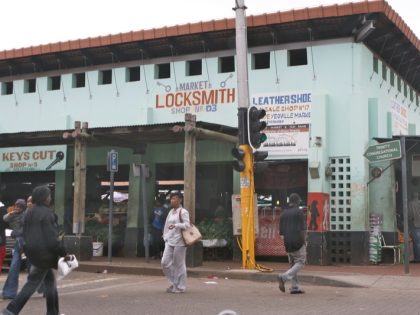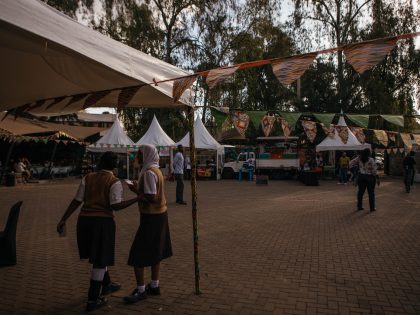The ‘African chambermaid’ and the media
Nafissatou Diall's rape accusation against Strauss-Kahn plays out in front of wider struggles by African women to secure justice and well-being.

Dominique Strauss-Kahn (Le Jhe, Flickr CC)
I wasn’t going to write no more pieces like this; no more on the bad Western media and African women. I was wrong. I wasn’t going to write about the doggish reporting on that powerful wealthy white French guy, you know who, and the “African chambermaid in the posh hotel”, a kind of inversion of Heloise. But then `reasonable’ people started claiming that the collapse of the case is a justification of the system, a victory for corroboration and justice. People started saying, “The system worked”. Reasonable people started writing that we should be thankful for the criminal justice system we have, well, then it’s time to say something. So, here’s something.
Yesterday The Root ran a piece titled “The Lighter the Skin, the Shorter the Prison Term?”: “Villanova researchers studied more than 12,000 cases of African-American women imprisoned in North Carolina and found that women with lighter skin tones received more-lenient sentences and served less time than women with darker skin tones.”
Why do lighter skinned women get light sentences? According to the study, because they are deemed “more attractive”. If they’re “thinner”, bonus.
That’s “the system”.
That’s “the system” that has inspired almost all the representations of the Guinean hotel worker, asylum seeker, accuser. Those that portray her as “prostitute” or “liar”, and those that presume to know her situation because, after all, she’s from Guinea, and you know, Guinea, it’s full of mud huts, bad men, corruption, and desperate housewives: “She was born in a mud hut in an isolated hamlet in Africa with no electricity or running water, a 10-minute hike to the nearest road.”
Instead of claiming to know her or her story, let’s talk about “African women” who have responded to rape and all forms of sexual violence.
UN Women released a report today that studies women’s pursuit of justice around the world. As you might imagine, it’s a mixed bag. (At least Guinea ratified CEDAW, the Convention on the Elimination of All Forms of Discrimination Against Women. What is the only country in the world that has signed but not yet ratified CEDAW? The United States of America. We’re number none.)
One of the report’s recommendations is for “one-stop shops and legal aid”: “Because of the institutional and social barriers that women face, they need specialized services – from legal aid to domestic violence courts – tailored to meet their needs. One promising approach is to integrate services, for example through one-stop shops. These help to reduce attrition by cutting down the number of steps that a woman has to take to access justice.”
The model one-stop shop comes from South Africa, the Thuthuzela Care Centres. In Xhosa, Thuthuzela means “comfort”. In life, it means justice.
The Thutuzela Care Centres care for women who report rape and other forms of sexual violence. They take care of the women and they help the women take care of themselves and of justice. In Soweto, the TCCs have reported a conviction rate of 89%. According to Monique Davis, a TCC manager, in Mannenberg, near Cape Town, the successful conviction rates have gone from around 4 or 5% to 70 or 80%. As Davis says, around the world, women survivors of sexual violence are loathe to pursue criminal proceedings against their attackers. Thuthuzela changes that dynamic.
Place the claims of “the African chambermaid” in that context, in the context of various struggles by different women and women’s groups and networks across the African continent to secure justice and well-being. Justice, not pity.





